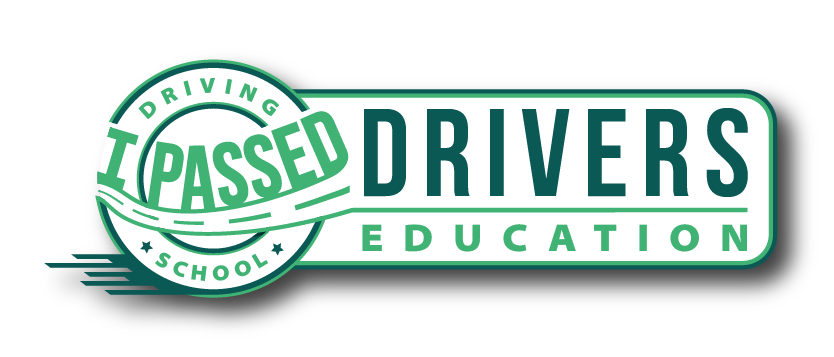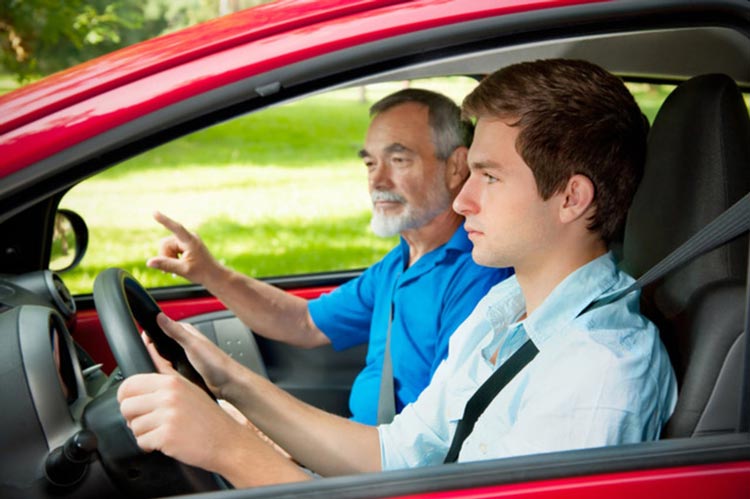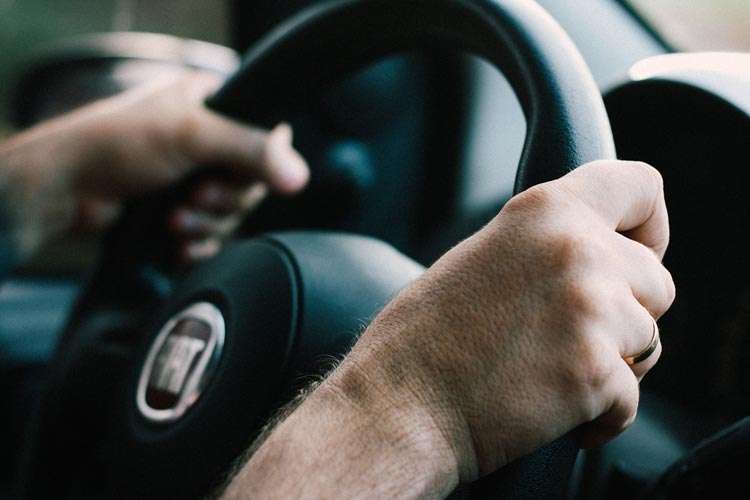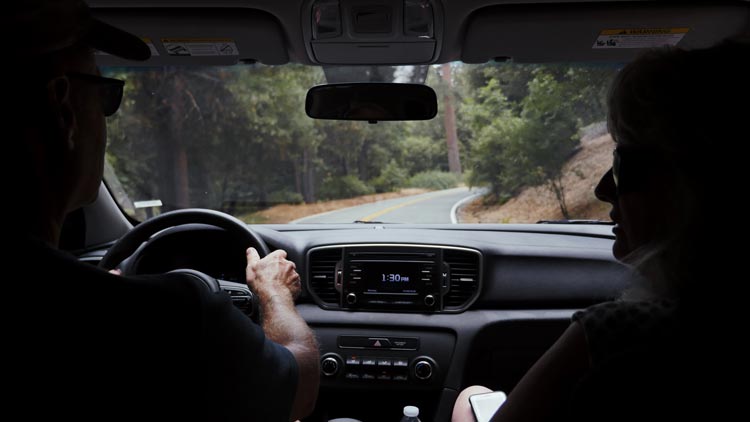Behind the Wheel Training Facts in California
Contents
Behind the wheel training is required for all new drivers in the state of California. If you are a teenager, you must complete training before taking your driving test to obtain your license. Here are some facts about behind the wheel driving school in Irvine, California.
Student Driver Facts
It is required by California law that a person under the age of 18 must complete one of the following driver’s education and training courses.
- 25 hours of classroom instruction
This includes home study or internet training programs that must be equivalent to classroom instruction.
- 6 hours of Behind the Wheel training
Behind the wheel training is necessary for learning how to drive in the real-life environments students will be faced with after obtaining their license.
- 50 hours of supervised driving practice
This includes 10 hours of driving during darkness or at night.
Classroom Instruction
Videos or Movies Are Required
Driving schools in Irvine must provide at least 100 minutes of viewing time of movies or videos as part of their curriculum.
These videos or movies must relate to the program and may contain scenes of traffic accidents.
Time to Complete Program
The time it takes to complete a program will depend on how many hours the student attends the classes or spends with the educational material.
Behind the Wheel Driver’s Training
Six Hours of Training
The student is required by law to complete six hours of behind the wheel driving lessons that do not exceed two hours each day. Observation time does not count toward this requirement.
Time to Complete Program
There is no law that specifies that time period between training sessions, so the time it takes will depend on the student’s schedule and how often they are behind the wheel.
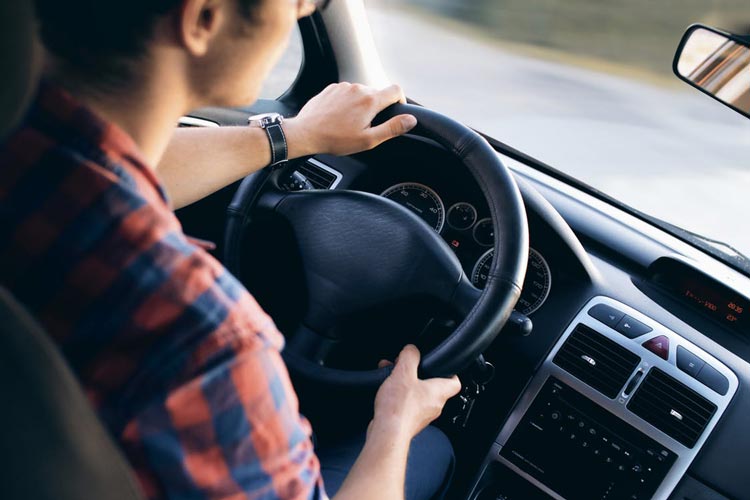
Driving School Vehicles
Driving School Vehicle Type
As long as the vehicles are equipped with dual controls including an instructor foot brake and additional rearview mirror, they may be used by the Irvine driving school.
Safety Inspection
Training vehicles must undergo a yearly inspection to help ensure that it is safe and in proper condition.
Insurance
Driving schools must have insurance and maintain the required bodily injury and property damage liability insurance on all training vehicles.
Driver’s Education for Overall Safety
Teens who go through Driver’s Ed are safer on the road than those who learned from mom and dad.
A recent study done by the AAA Foundation revealed that those who take driver’s education courses are safer on the roads than those who don’t. Students who take driver’s ed are involved in fewer car crashes and score higher on their driving exam.
Tips for Choosing Driver’s Education
Choosing a driver’s education can be difficult, especially if this is the first child you will have on the road. Here are some tips to help you determine what’s right for you and your teen.
Determine Type of Education
Classroom/Online
Classroom and online courses may be great for your teen, depending on the type of learner there are. Believe it or not, some people do learn better when in a classroom environment, so make sure you consider the type of student you know your teen to be and determine whether this environment is right for them.
Behind the Wheel
While there are some who can learn from books, others learn by doing. One of the most effective methods of teaching someone to drive is by letting them learn in a hands-on environment. This means they will drive with an instructor and learn how to drive correctly and safely.
Yourself
If you’re able, you may think that you are the best person for the job when it comes to teaching your teenager how to drive. However, you have to consider that there are instructors who are trained to do the job and have techniques for teaching that you don’t.
All of the Above
One of the best methods to learn how to drive is to have your teen learn using all of the above methods. Learning in a classroom environment is ideal when your teenager really needs to let knowledge like certain laws and what they mean sink in. The instruction they learn in a class may be invaluable.
Likewise, a person can only learn to drive by doing. This means that along with their classroom education, your teenager will be given the opportunity to drive a car on a real road in the actual environment. This will help them learn driving techniques and how to be safe on the road when they have their license and aren’t driving with an adult.
Next, driving with your teenager will only make them better. Practice makes perfect, especially when it comes to driving. The best way to make sure your teen’s driving is improving is to drive with them as much as possible.
Always Do Your Research
Before you enroll your teenager in any driving school, make sure that you know about that driving school. You should learn about their curriculum to make sure they will be doing everything they can do to teach your teenager how to drive safely while abiding by the law. Part of your research might include visiting the driving school and talking with a few of the instructor to learn about their teaching style and understand their success rates.
Make sure to let them know your concerns and ask for advice for helping your teenager become the best driver they can be. Once you decide on a driving school, make sure to talk to your teenager after their first day to make sure they believe it will be a good learning environment.
